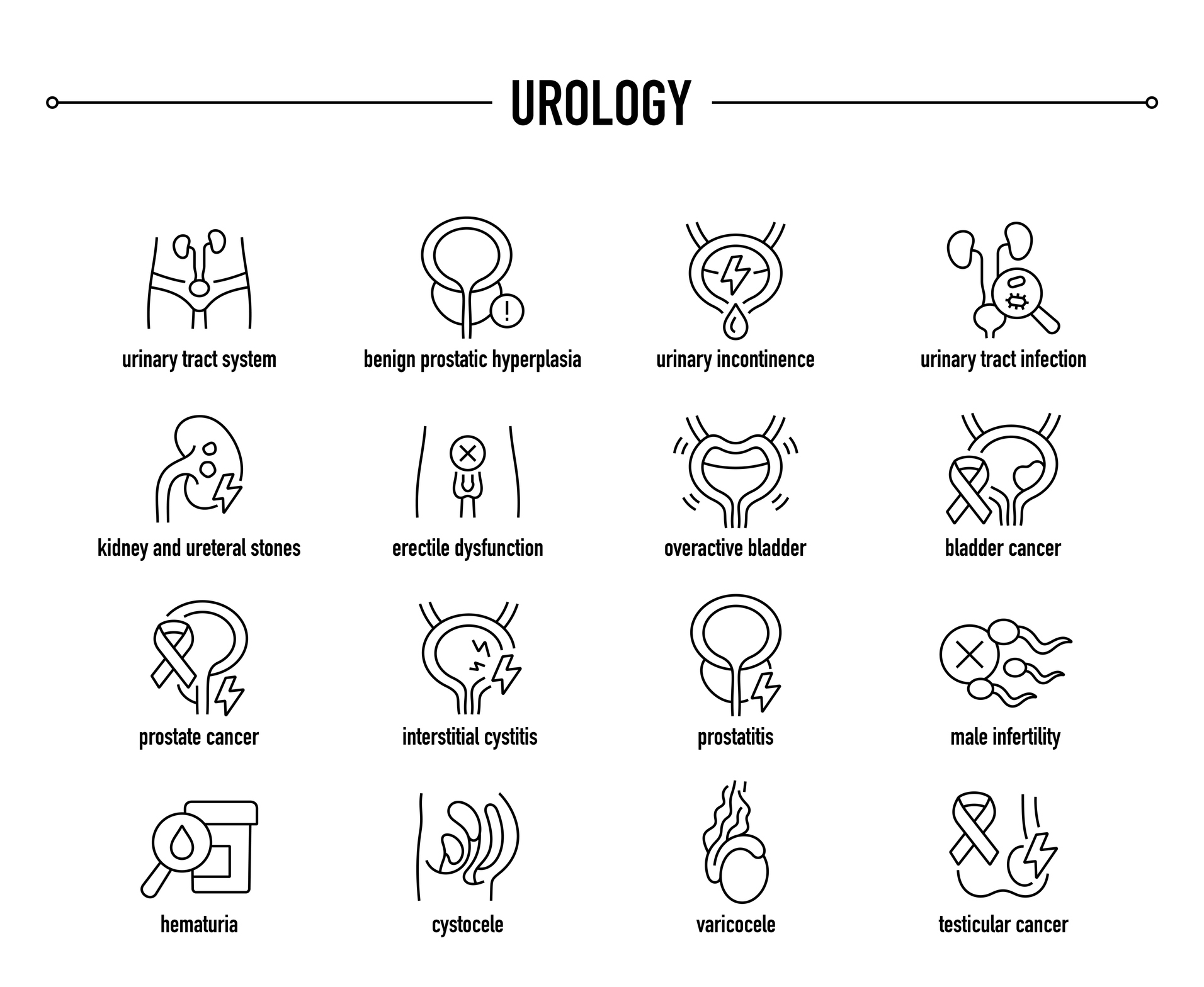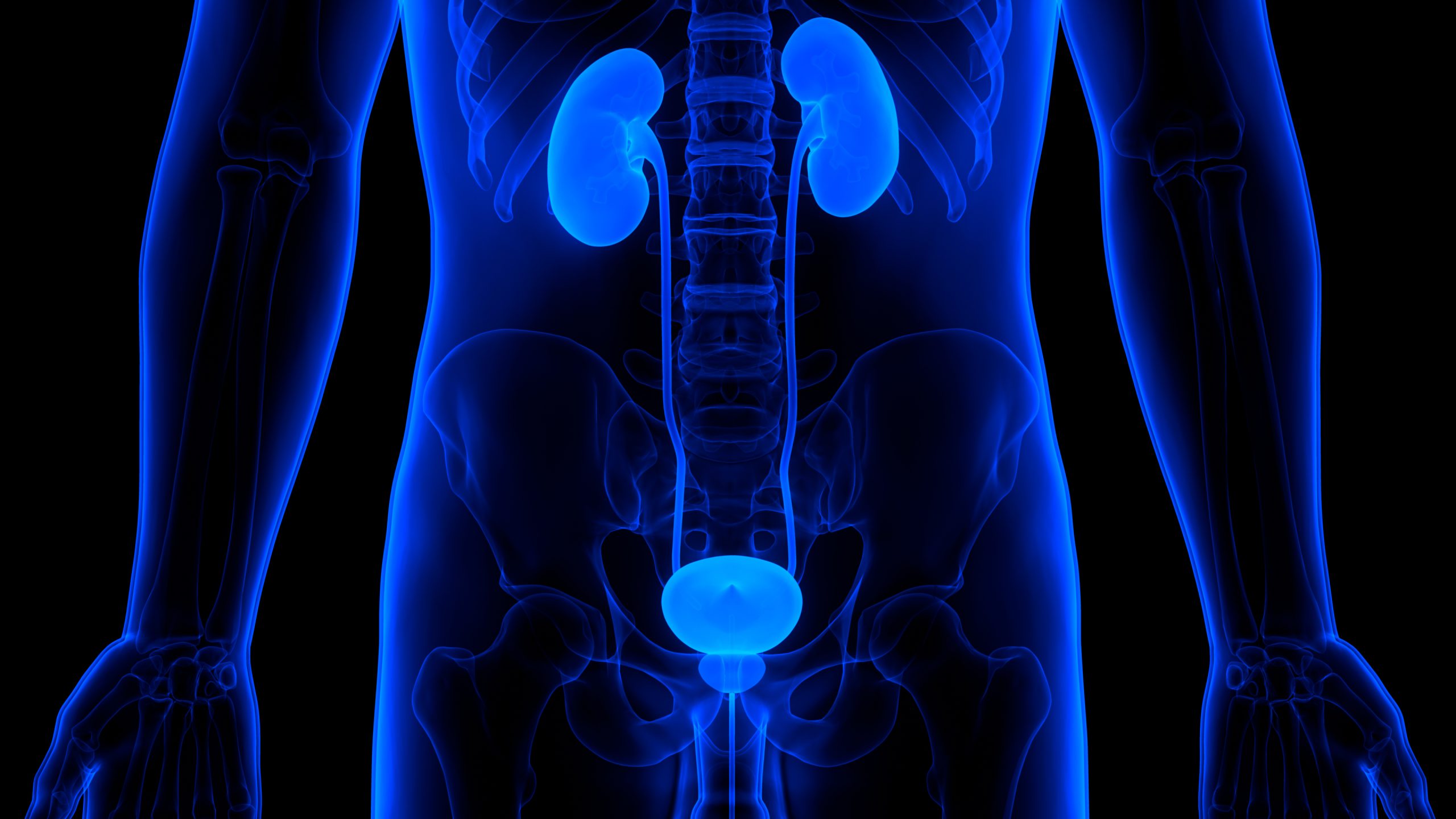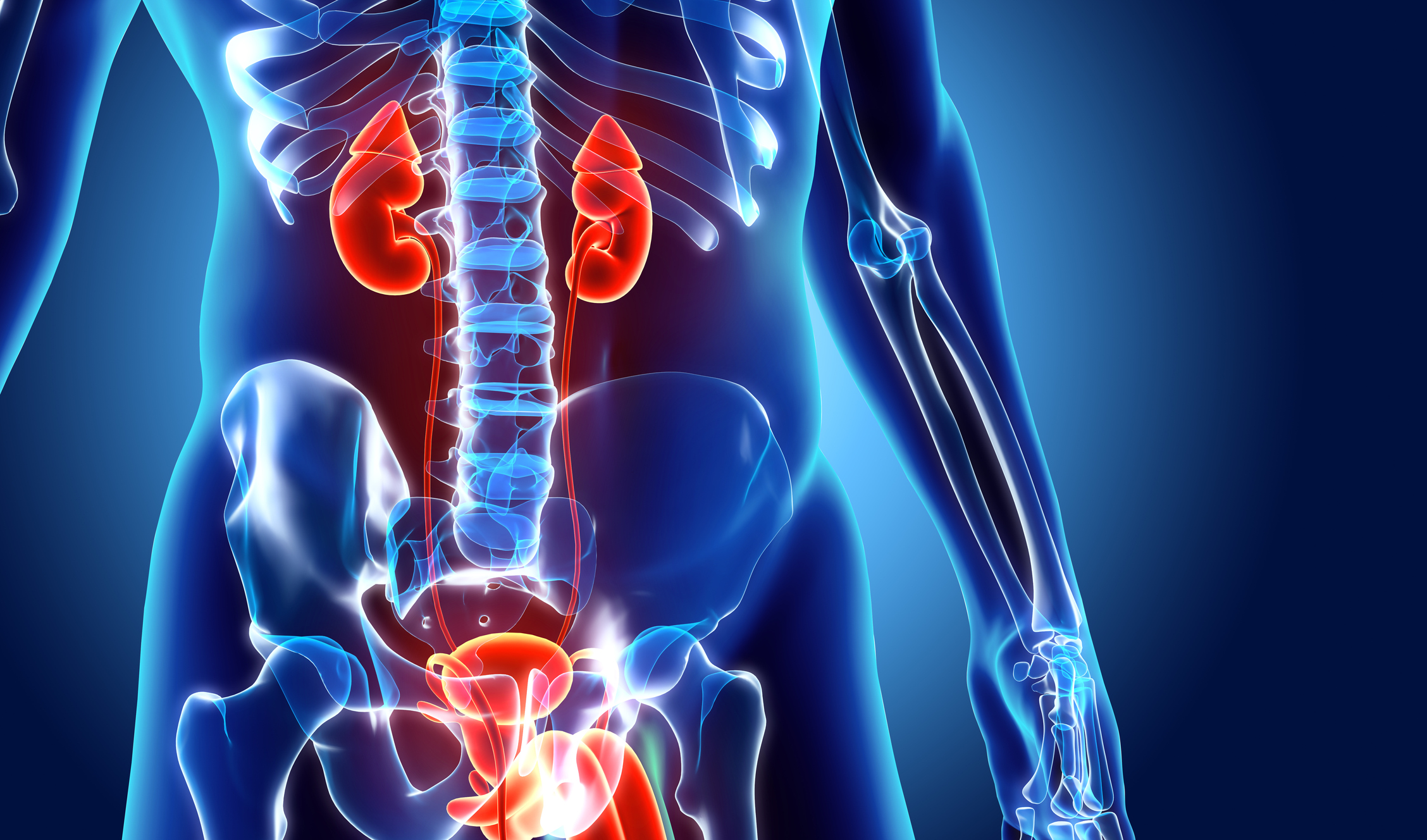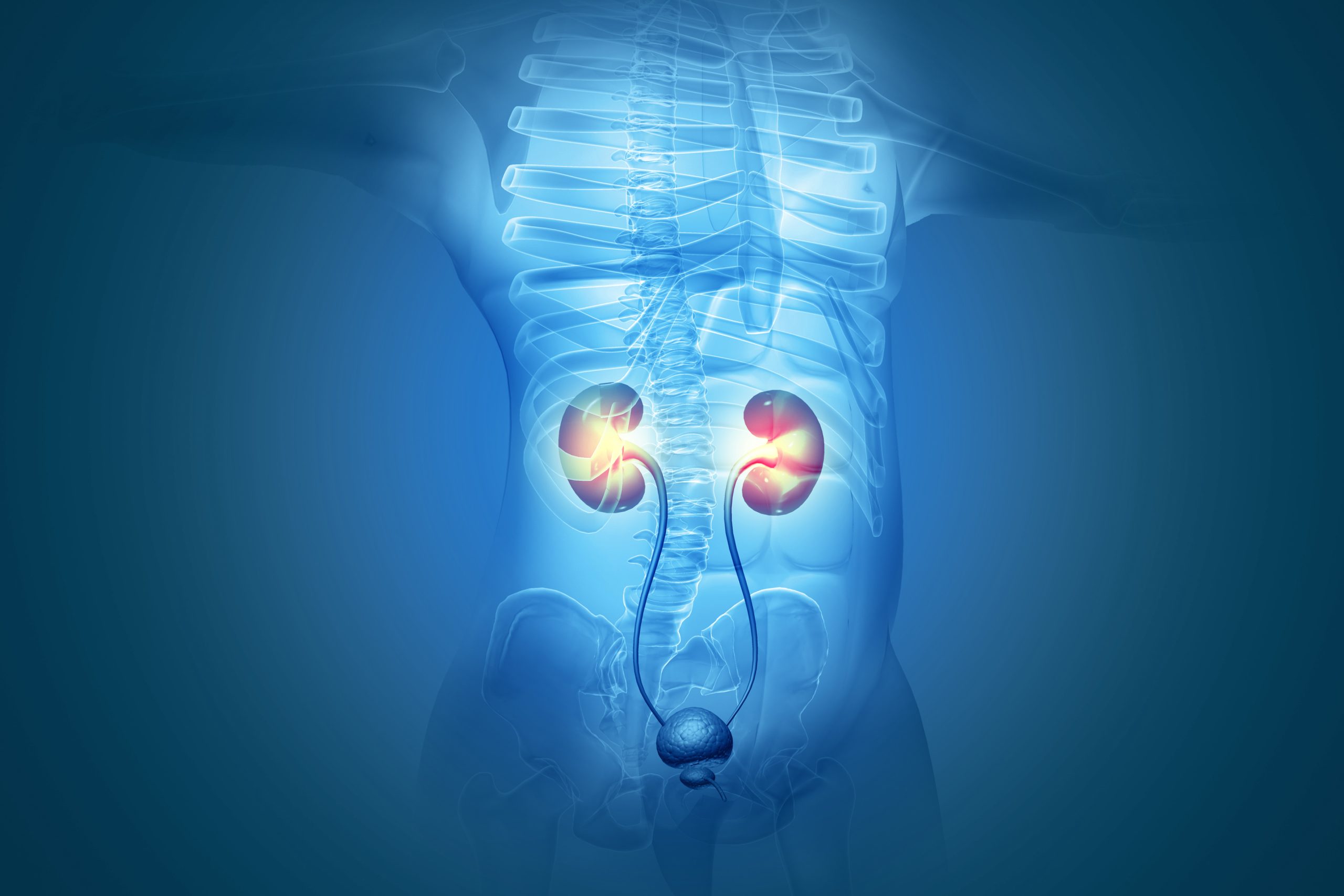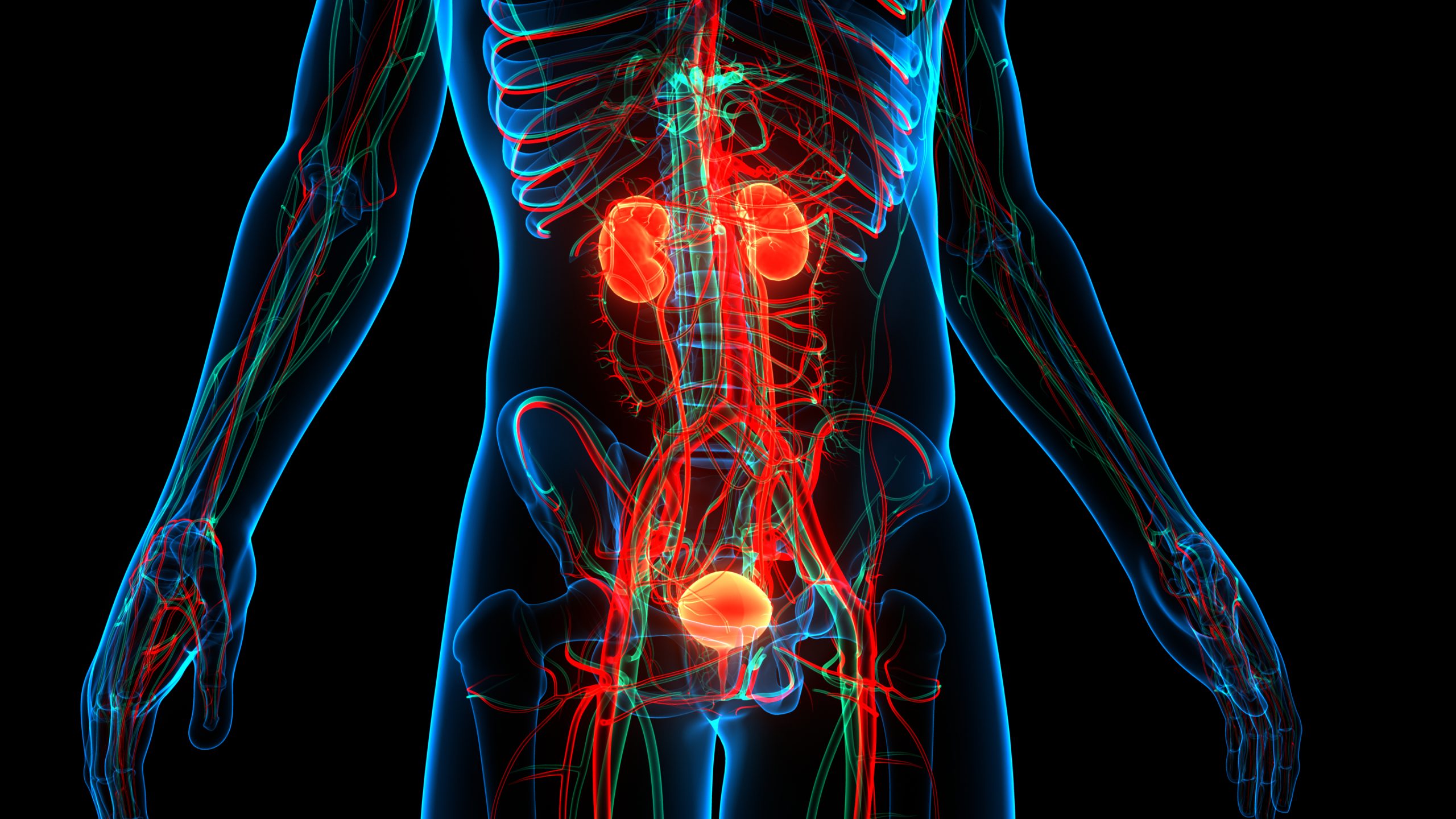Urology General
Feb 08, 2022
Lower urinary tract symptoms (LUTS) are caused by age-related changes in detrusor function and prostatic development, which were caused by changes in the ratio of circulating androgens to estrogens. B...
Feb 08, 2022
In recent years, there has been a significant rise in the number of therapeutic alternatives for the therapy of lower urinary tract symptoms (LUTS) caused by benign prostatic enlargement (BPE). Howeve...
Feb 08, 2022
Recent advances in minimally invasive prostate surgery created a plethora of surgical alternatives for the treatment of benign prostatic hyperplasia (BPH). Open simple prostatectomy was once thought t...
Feb 08, 2022
Pelvic organ prolapse (POP) is a prevalent illness that affects approximately 200,000 women in the United States each year. Lower urinary tract symptoms (LUTS) might continue or develop after surgical...
Feb 08, 2022
Urinary impairment is a typical complication in people after major pelvic surgery for non-urologic cancers. Lower urinary tract symptoms (LUTS) or indicators such as urine retention or leakage could o...
Feb 08, 2022
Intravesical antibiotics (IVA) have been utilized in the prevention and treatment of recurrent urinary tract infections (rUTIs). There was, however, a lack of detailed data and agreement on its use. F...
Feb 08, 2022
The usual surgical treatment for lower urinary tract symptoms (LUTS) caused by prostatic hypertrophy is transurethral resection of the prostate (TURP). LUTS remained in a subset of patients after TURP...
Feb 08, 2022
Overactive bladder (OAB) affected about 33 million men and women in the United States. Despite its frequency, OAB was an often misdiagnosed illness. OAB symptoms are similar to those of other prevalen...
Feb 08, 2022
As the molecular knowledge of bladder cancer advanced, an increasing number of new medicines were being tested in clinical trials throughout the range of bladder cancer stages. The emergence of define...
Feb 07, 2022
For a review, researchers aimed to address the general and most recent findings of the role of nutrition, lifestyle, supplements, and some prescription heart-healthy drugs on prostate cancer preventio...
Feb 07, 2022
For a study, researchers aimed to synthesize current knowledge on patient-prioritized bladder cancer outcomes. Patient-centered outcomes research aimed to assist patients in determining the best treat...
Feb 07, 2022
Until recently, the only viable treatment choices for patients with advanced urothelial carcinoma were platinum-based chemotherapy. In the post-platinum context, especially for patients who were ineli...
Feb 07, 2022
It was difficult to determine the metastatic potential of suspicious retroperitoneal nodes in testicular cancer using standard imaging. For a study, researchers analyzed new data on the use of innovat...
Feb 07, 2022
Bladder cancer (BC) is the second most frequent genitourinary cancer, with an increasing global survivor population. Over the last two decades, there has been a growing understanding of not only the o...
Feb 07, 2022
Pelvic floor diseases affected around 25% of all women in the United States. Disorders of the anterior compartment of the pelvic floor, in particular, could result in symptoms such as incomplete voidi...
Feb 07, 2022
In the previous 40 years, nothing changed in the usage of penile implants for the treatment of both erectile dysfunction and Peyronie's disease, with the main differences being modeling and plaque inc...
Feb 07, 2022
Urolithiasis is a common condition across the world, with up to a quarter of patients having numerous stones. The majority of operations performed in this circumstance are staged; nevertheless, there ...
Feb 07, 2022
For a study, researchers looked at (1) the epidemiology and pathophysiology of pelvic organ prolapse (POP) and occult stress urinary incontinence (SUI), (2) data on combined surgical care of POP and o...
Feb 07, 2022
Calyceal diverticula were uncommon occurrences that might be difficult to control. Researchers reviewed and summarized literature with an emphasis on recent improvements in the treatment of calyceal d...
Feb 07, 2022
Minimally invasive therapy for benign prostatic hyperplasia (BPH) linked with lower urinary tract symptoms had gained popularity in the previous decade (LUTS). The temporary implanted nitinol device (...


